
As China celebrates the 40th anniversary of the groundbreaking policy that triggered the country’s economic renaissance, a museum dedicated to the story of reform and opening up celebrates a pioneer of the policy who is often played down in official accounts.
The Shekou Museum of China’s Reform and Opening Up is on the third floor of the impressive Seaworld Culture and Arts Centre, overlooking Shenzhen Bay in Shekou, a district of Shenzhen, the southern Chinese city that borders Hong Kong.
First impressions of Design Society, Shenzhen outpost of V&A
Situated on the western periphery of the Shenzhen metropolis, Shekou is one of the most progressive, popular and affluent residential districts in China. Home to a wide range of Western-style bars and restaurants, it boasts high-end apartment blocks, a luxury yacht marina and five-star hotels.
The arts centre that hosts the museum was developed by a Chinese state-owned conglomerate, China Merchants Group, in collaboration with London’s Victoria and Albert Museum, and the striking white angular building was designed by Pritzker Prize-winning Japanese architect Fumihiko Maki.
The large-scale exhibition contains photos, letters and artefacts from the formative years of the reform and opening up initiative in the late 1970s and early 1980s.
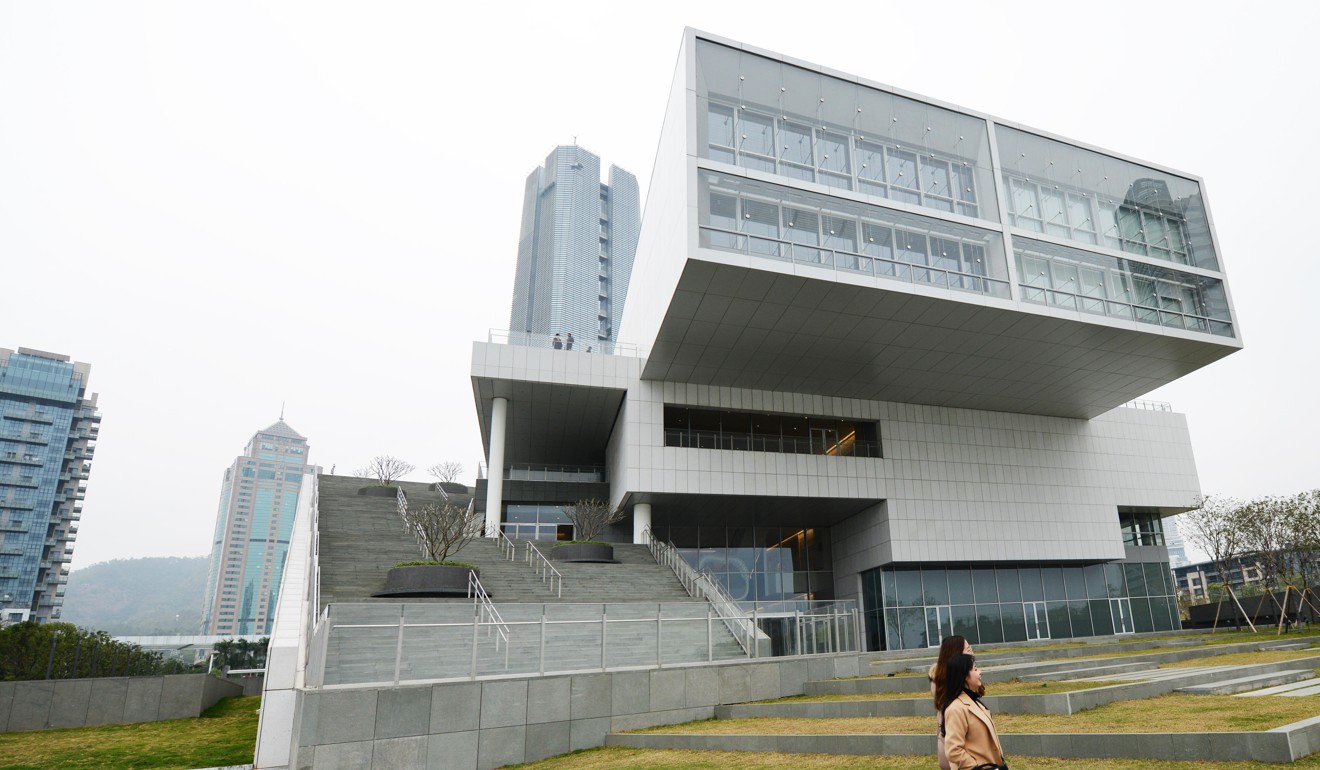
It pulls no punches when describing the impoverished state of this part of coastal Guangdong province; before the radical change in the direction of economic policy change, there was no such place as Shekou. The area was a remote backwater of Baoan county and the Seaworld pedestrian zone, now dotted with upmarket shops and restaurants, was reclaimed from the sea.
The exhibition quotes a popular local folk saying from the period: “Baoan has only three treasures – flies, mosquitoes and Shanjing oysters”. Ninety per cent of houses were empty, because those who could fled to seek higher standards of living in neighbouring Hong Kong.
The museum, which opened last year, offers a different picture from that most often painted in Chinese state media about the origins of the reform and opening up. The 40th anniversary itself is widely considered to be some time between December 18 and 20, when the Chinese Communist Party’s 11th Central Committee held its third plenum in a shabby Beijing hotel.
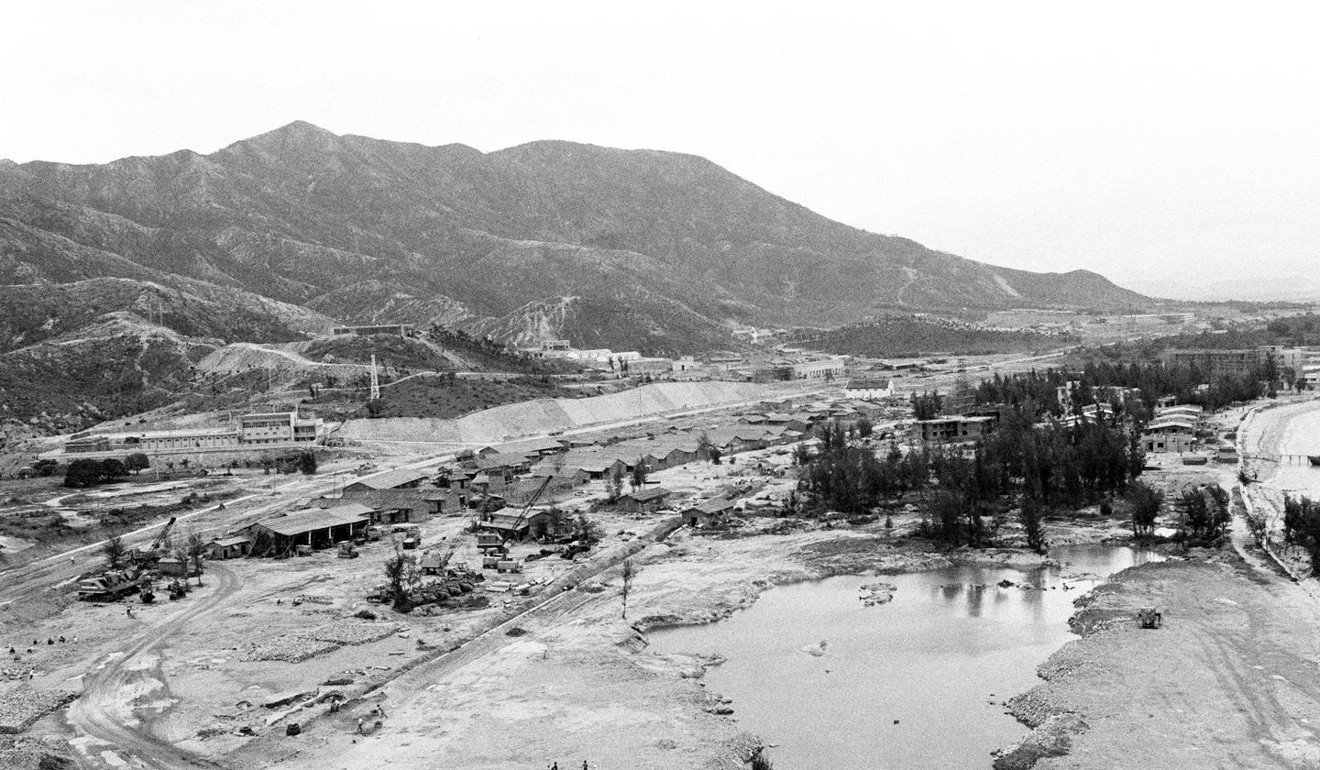
It was here that Deng Xiaoping not only consolidated his status as supreme leader but also where his radical economic reform and open-door policies were officially adopted. Then, the popular narrative goes, Deng initiated special economic zones (SEZs) in Shenzhen and other cities, and the renaissance of the Chinese economy began as migrant workers flocked to the new cities and wily Hong Kong businesspeople invested in the pioneering new schemes.
While no one disputes the key dates or the important role played by Deng, the museum points out that these key reforms were already taking place before the CCP’s top brass met on December 18, 1978, and that there was already a key figure driving it forward.
In June 1978, the Ministry of Communications sent Communist Party hero, war veteran and foreign affairs bureau head Yuan Geng to Hong Kong to find out whether the Hong Kong China Merchants Bureau could be used to establish a shipping-based special industrial zone in Baoan county. This is the area now called Shekou.
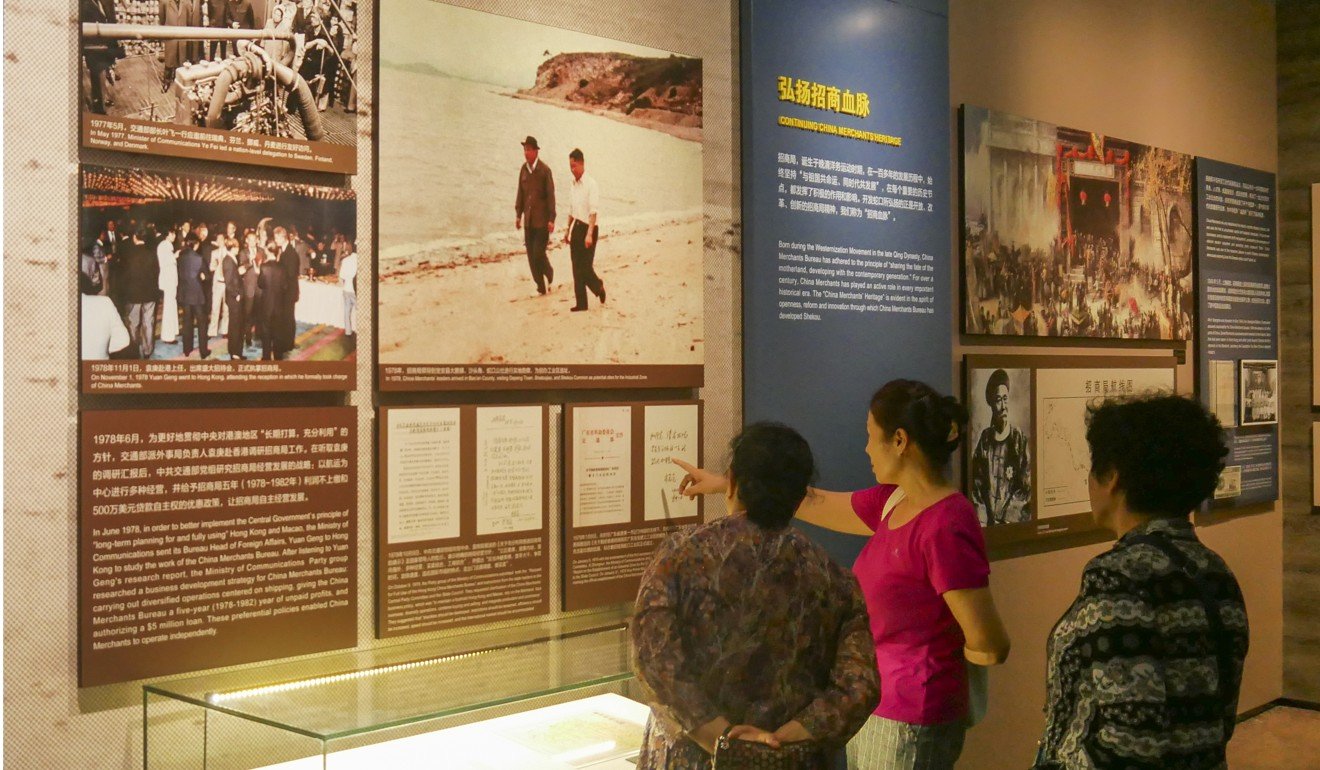
His favourable report was endorsed by Xi Zhongxun, first secretary of the Guangdong provincial party committee and father of the current Chinese president Xi Jinping.
Yuan’s report to the State Council – China’s cabinet – was approved in October 1978, more than two months before Deng had cemented his political position or received official sanction for reform and opening up. Yuan went on to become the first CEO of the Hong Kong-listed China Merchants Group, and became known as “the father of Shekou”.
The more familiar official narrative of how Shenzhen became the vanguard of China’s reform and opening up, when Deng authorised the transformation of a group of nondescript fishing villages into an SEZ in August 1980, is not strictly accurate either.
How Chinese tech can conquer the world from Shenzhen
Thanks in large part to Yuan, the China Merchants Shekou Industrial Zone was established in Baoan county on January 31, 1979, one year and seven months before the Shenzhen SEZ was set up.
According to the museum, at least, it was Shekou which was the test bed for future economic development and reform in China. Its account tallies with the research undertaken by one of the first academics to study Shenzhen and the special economic zone.
Professor Rebecca Chiu Lai-har is head of the department of urban planning and design at the University of Hong Kong. For her 1984 PhD thesis “Modernisation in China: the experiment of Shenzhen Special Economic Zone”, she worked as an English-language teacher in Shenzhen while researching the origins of the policy.
“China’s plans for reform and opening up had been bubbling before the creation of the Shenzhen SEZ,” she says.
Chiu traces the reform and opening up movement to an even earlier and less sophisticated notion of an “export commodity production base”, a concept advanced by premier Zhou Enlai in 1960, and her observations support the view that it was Shekou that marked the start of the Chinese economic revolution over a year before the Shenzhen Special Economic Zone was set up.
Chiu recalls a trip she took to Shekou in 1982, instigated because one of her English-language students worked there; the whole class took an outing to Shekou’s Chiwan Port.
“It was all newly built and some way ahead of Shenzhen. There were some detached houses but Shekou was very much an industrial estate. I remember we drove around and took photos. It was the first place with large-scale property development,” she recalls.
This is more than a case of historical pedantry because, given its high profile, it’s curious that Shekou seems to have been airbrushed from so many official versions of events, as has the role of Yuan, who died in 2016 at the age of 99.
The museum devotes an entire section, called the Yuan Geng Hall, to his extraordinary life. He became a decorated guerilla leader fighting against the Japanese army during the second world war and against the Kuomintang during China’s civil war.
As an intelligence officer with the communist guerillas in the Pearl River Delta region, he provided crucial information about the Japanese in Guangdong to the US military. A Communist Party stalwart, he helped set up the guerillas’ liaison office in Hong Kong, which later became a branch of the Xinhua News Agency, Beijing’s de facto embassy in the city after the establishment of the People’s Republic of China in 1949.
A gigantic white wall sculpture of Deng, Yang Shangkun, Wang Zhen and other Chinese state leaders, listening intently to Yuan’s explanation of the Shekou Industrial Zone’s state of development in 1984, greets visitors at the museum entrance. (Other media reports say the sculpture was taken down in the summer; if so, it’s back.) Yuan’s statue can also be seen outside the new design centre looking out over the luxury yachts in the nearby marina.

A spokesman for China Merchants Group declined to answer questions about the content or popularity of the museum, saying: “Our leader is busy on a trip these weeks and so far could not reply to your questions.”
One of Yuan’s best-known quotes is displayed in the lobby just outside the museum entrance, and offers a clue as to his low profile in the official 40th anniversary celebrations: “The development of Shekou began with the transformation of thought and social reform.”
The quote is significant because it emphasises that a key ingredient in Shekou’s economic progress was liberal social reforms. At the time, this represented a radical departure from orthodox communist doctrine, previously considered sacred.
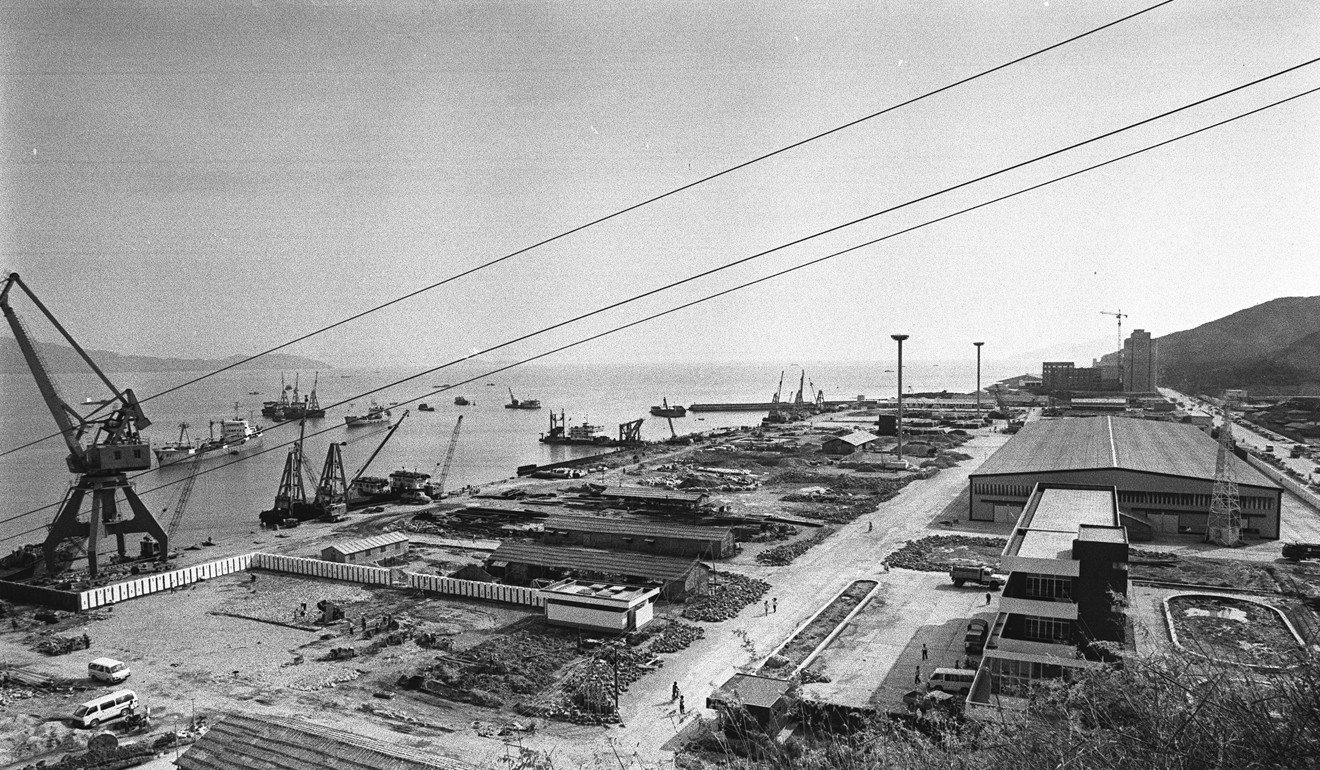
Yuan introduced a free press that was encouraged to investigate corruption and inefficiency, and press conferences were commonplace.
There was a new social welfare programme for workers based on the principal of insurance, and a new housing programme was the catalyst for China’s modern real estate market.
He insisted that financial rewards be based on effort and merit, not need or party ranking.
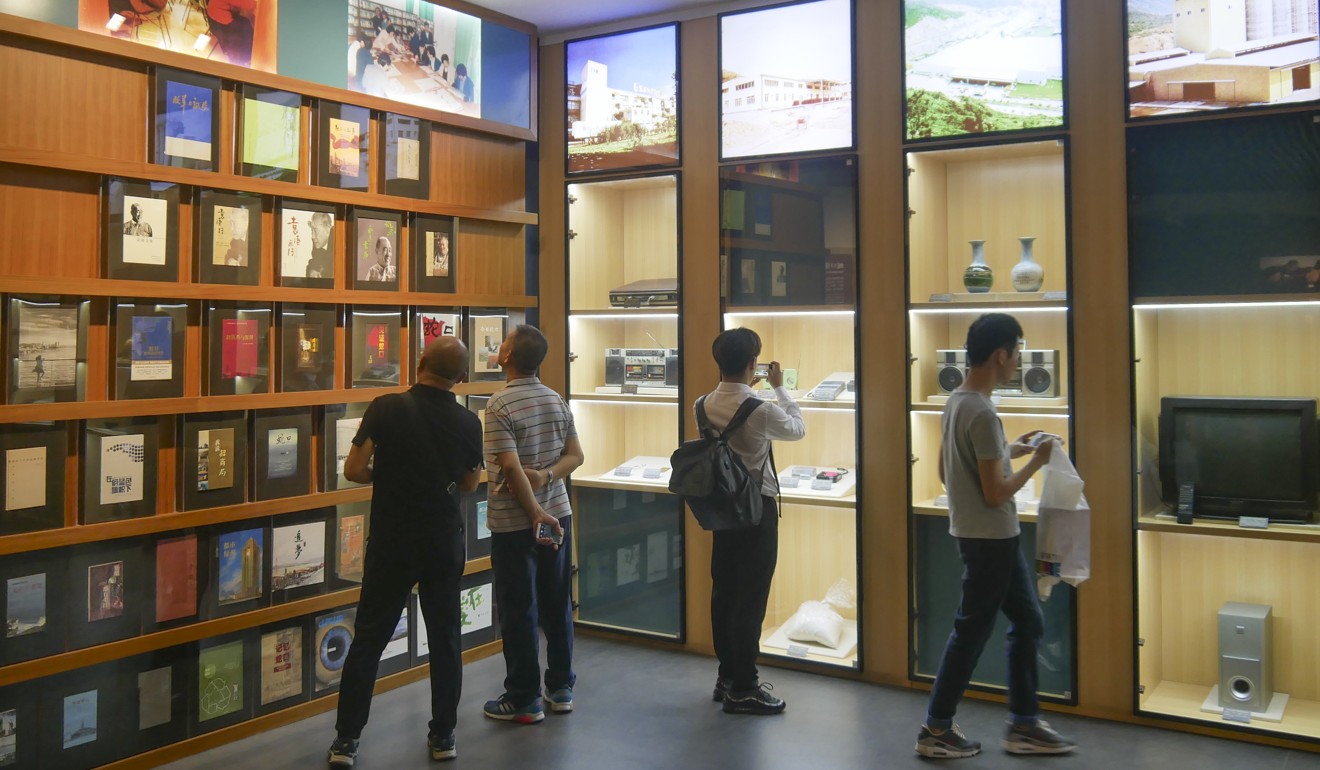
It was a revolutionary rejection of core communist doctrine in favour of economic efficiency and, in Shekou at least, social reform, transparency and freedom of expression were all integral to China’s economic miracle.
A tale of two cities: how Shenzhen compares to Hong Kong
“There was a social dimension to the development – it was a totally new system though some of the economic models had been copied from Singapore and Hong Kong,” says Chiu.
Getting there from Hong Kong
Take MTR East Rail Line to Lok Ma Chau, cross border at Futian checkpoint. Take Subway Line 4 three stops to Civic Centre, then Shekou line (Chiwan direction) 19 stops to Sea World.







